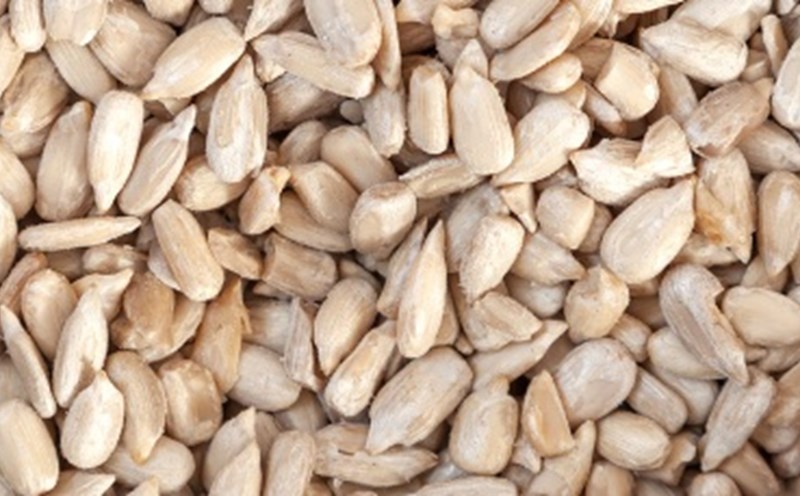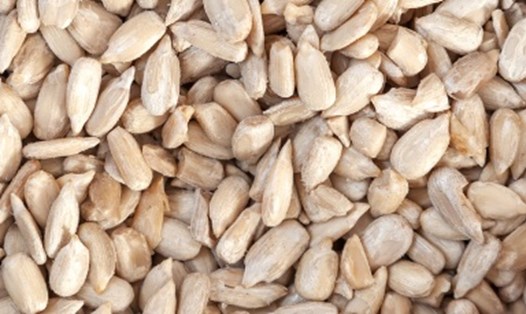Benefits of Flexible Dieting for Weight Loss
Flexible dieting is based on the 80/20 rule. Specifically, 80% of your daily food intake should be healthy, nutritious foods, while the remaining 20% should be “rewards” - foods you love to maintain a feeling of satisfaction when eating.
Flexible dieting involves virtually no food restrictions. You don't have to give up any foods completely and are free to choose the foods you love, as long as you stay within your calorie limit.
Moreover, while strict control in dieting can easily make many people give up quickly when they first start, this diet allows you to be flexible and “de-stress” with your favorite foods. This makes the diet easier to follow and maintain over a long period of time.
The flexible diet is not just a short-term weight loss method but can be turned into a healthy lifestyle. By applying it flexibly and easily in practice, you can stick to this weight loss diet long-term without worrying about gaining the weight back after stopping the diet.
Unlike other restrictive diets, the flexitarian diet allows for variety in your menu. You can try new foods, refresh your taste buds, and never get bored with your meals.

How to calculate calories and macronutrients
To properly follow a flexible weight loss diet, you need to know exactly what your calorie and macronutrient needs are.
Calculating Resting Energy Expenditure (REE): This is the amount you burn when your body is at rest. REE typically accounts for 60-70% of your total daily energy expenditure and can be calculated using the Mifflin-St Jeor formula, based on weight, height, age and gender.
Calculate your non-resting energy expenditure (NREE): This is the energy you burn during activities like walking, exercising, and doing your daily chores. When you add up your REE and NREE, you get your total daily energy expenditure (TDEE).
Mifflin-St Jeor Calor Calorie Calculation Method:
Male: (10 x weight in kg) + (6.25 x height in cm) - (5 x age) + 5
Female: (10 x weight in kg) + (6.25 x height in cm) - (5 x age) - 161
After calculating your TDEE, multiply it by the appropriate activity factor (e.g. x 1.2 for sedentary, x 1.725 for active) to determine your daily calorie intake. If you want to lose weight, subtract about 20% of this calorie intake to create a deficit.
Macronutrient breakdown:
Carbohydrates: 45 - 65% of total calories, providing 4 calories per gram
Protein: 10 - 35% of total calories, providing 4 calories per gram
Fat: 20 - 35% of total calories, providing 9 calories per gram

How to maintain a flexible weight loss diet
After calculating your baseline numbers, use calorie and macronutrient trackers to monitor your daily food intake.
Even if you indulge in a snack, as long as you stick to your set calorie and nutrient ratios, you're still on track.











